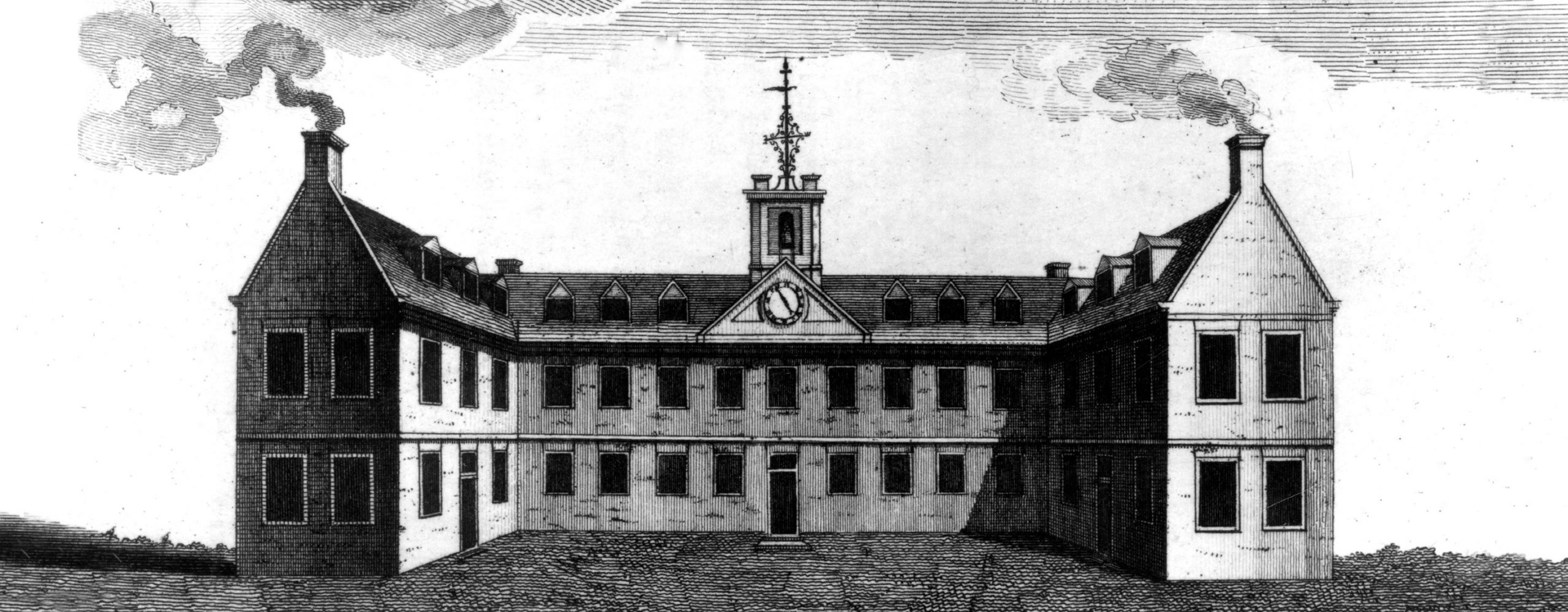
This website is a fascinating and valuable resource for candidates studying the 1834 Poor Law Amendment Act (PLAA) and the beginnings of the welfare state in nineteenth- and early twentieth-century England and Wales. (Short sections also outline provision for the poor in Scotland and Ireland.) The author, Peter Higginbotham (see Box 1), explains the history of the Poor Law in England and Wales, including the full texts of the major acts.
From 1601, under the Old Poor Law in England and Wales, parish overseers were obliged to collect a poor rate to support the poor by providing work for the able-bodied or care for the disabled. In practice most overseers made small cash payments, known as ‘outdoor relief’, to the poor in their own homes. Some parishes and towns built workhouses for the provision of ‘indoor relief’.
Your organisation does not have access to this article.
Sign up today to give your students the edge they need to achieve their best grades with subject expertise
Subscribe




